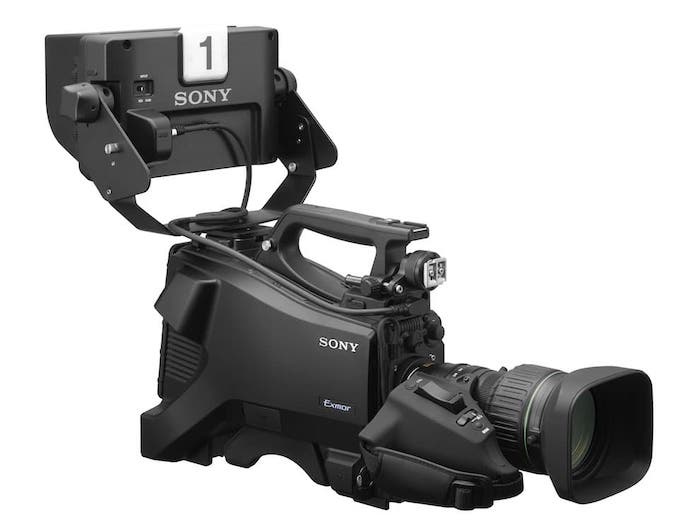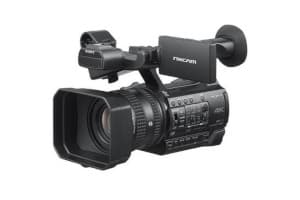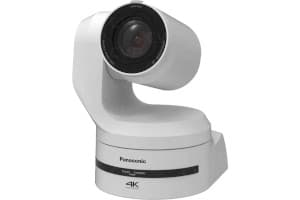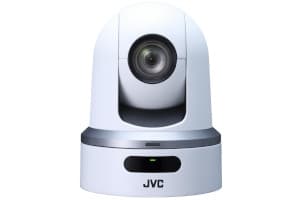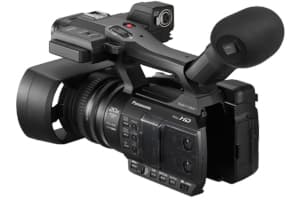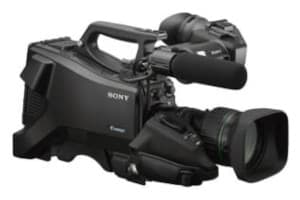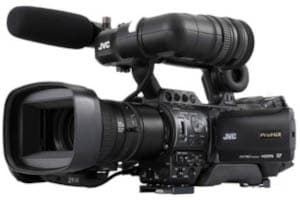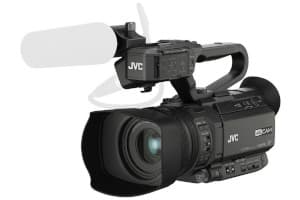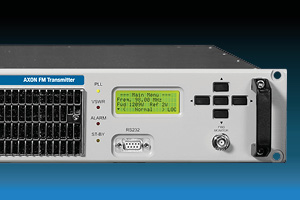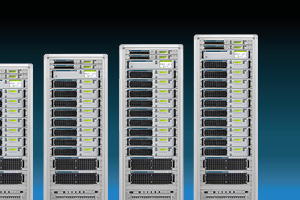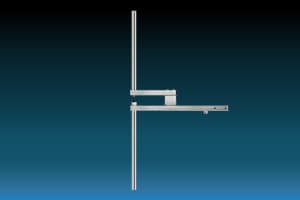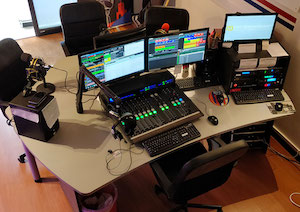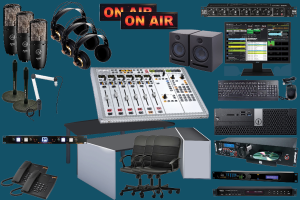Studio Cameras
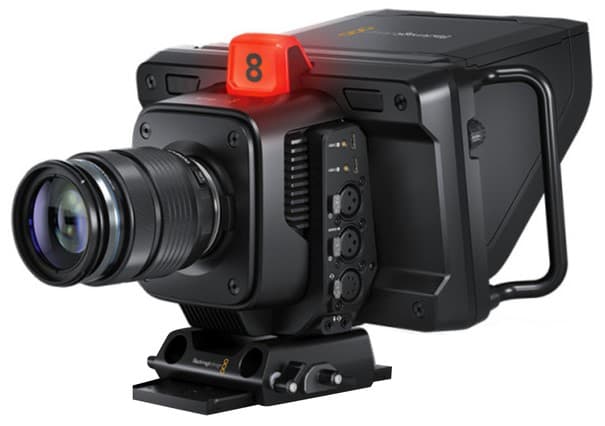
Studio cameras are high-quality, professional video cameras designed for use in television studios & film production, but have in time evolved to
reach many other applications, such as: music videos, news & sports broadcasts, events, music video making, etc.
They are specifically engineered to meet the demands of high-quality video production, and offer features and capabilities
that go well beyond those of standard consumer-grade cameras.
Main Features of Studio Cameras
First of all, they all have interchangeable lenses, so as to adapt to their wide variety of applications.
The image quality is excellent, in resolution, colour reproduction, and noise level (which is extremely low).
They can easily be connected to broadcast systems, thanks to their integrated SDI and HDMI connectors.
They are robust and ergonomic, with efficient heat dissipation systems. All these qualities allow for durability and extended usage.
They can be controlled remotely, which comes in handy during video production, when multiple cameras are used.
They support genlock and timecode; they can be synchronized with other cameras and production equipment.
Their tally lights conveniently indicate to all crew members when a camera is live.
Some of these cameras come with an integrated prompter system, which is of course extremely useful to on-air talent.
PTZ Cameras: What are they and why are they important?
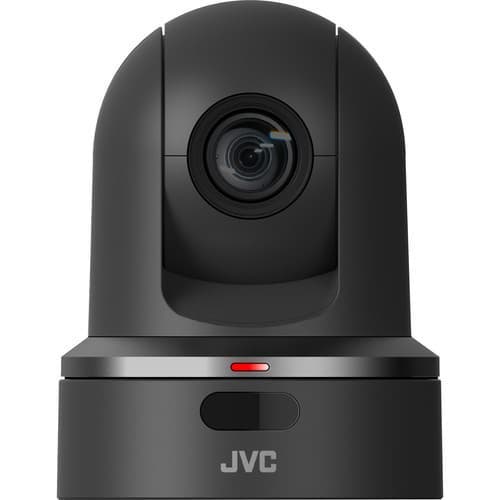
PTZ stands for: Pan, Tilt, Zoom - which means that these cameras can move horizontally,
vertically, and zoom in or out.
PTZ camera systems are becoming more and more popular and they are an essential part of video studio
production nowadays.
This is mainly due to the fact that having a cameraman behind each tripod-stand or handheld camera is a
very expensive procedure:
since several PTZ cameras may be managed by one person only, this dramatically reduces the
costs.
Modern TV reality shows - such as Big Brother - use about 30 PTZ cameras all managed and controlled
remotely, from the outside.
It is a typical example of how PTZ cameras are employed: they are all hidden or placed at different
heights and in different locations,
and there are no operators to physically move and control them.
ENG Cameras
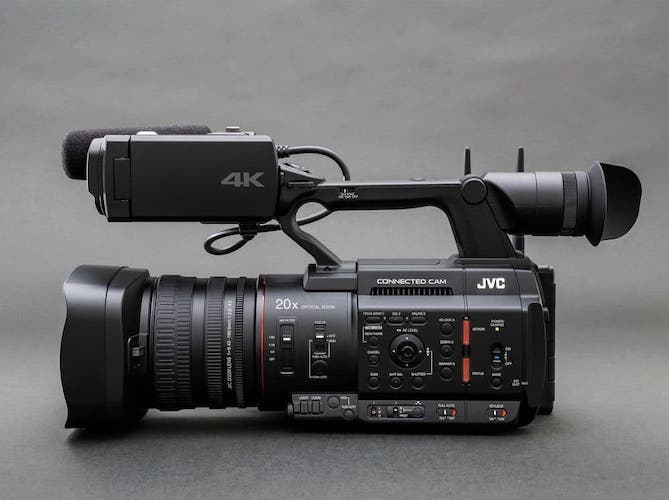
As their name tells, Electronic News Gathering, or ENG, cameras, are designed for field-based journalism and news reporting. Therfore, contrary to studio cameras, they are mainly used for external recordings, such as reportages, which are then edited in the production studio before being aired.
Main Features of ENG Cameras
Their shoulder-mounted design allows them to be easy to handle and carry, so that the operator may feel comfortable during many hours of shooting.
They have integrated microphones and XLR inputs for external microphones, as good audio quality is crucial in these environments.
Their zoom lenses have servo controls, which allows for very smooth zooming.
They often have built-in ND (Neutral Density) filters, to adapt to the changing lighting conditions. They can perform well even in low-light conditions.
Like studio cameras, they are very robust and can withstand all kinds of environmental conditions.
They are designed for quick start-up, since journalists are often faced with sudden events.
Lastly, they have long battery life and a very versatile connectivity, with a good range of video inputs and outputs,
to be conveniently used on the spot.
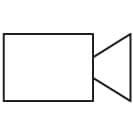 VIDEO CAMERAS
VIDEO CAMERAS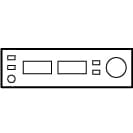 VIDEO RECORDER
VIDEO RECORDER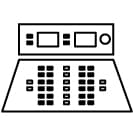 VIDEO MIXER
VIDEO MIXER VIDEO TRANSMITTER
VIDEO TRANSMITTER STUDIO CLOCKS
STUDIO CLOCKS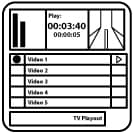 TV AUTOMATION SOFTWARE
TV AUTOMATION SOFTWARE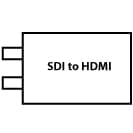 CONVERTERS
CONVERTERS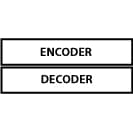 ENCODERS & DECODERS
ENCODERS & DECODERS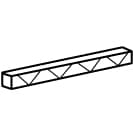 TRUSS
TRUSS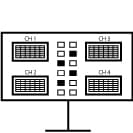 AUDIO & VIDEO MONITORING
AUDIO & VIDEO MONITORING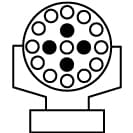 LIGHTING & SPECIAL EFFECTS
LIGHTING & SPECIAL EFFECTS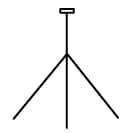 TRIPODS
TRIPODS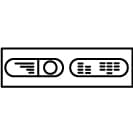 TV AUDIO PROCESSORS
TV AUDIO PROCESSORS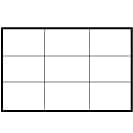 VIDEO WALL
VIDEO WALL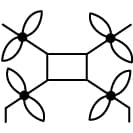 DRONES
DRONES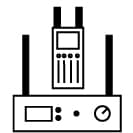 INTERCOM SYSTEMS
INTERCOM SYSTEMS TV AUDIO EQUIPMENT
TV AUDIO EQUIPMENT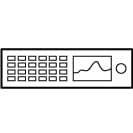 VIDEO ROUTER
VIDEO ROUTER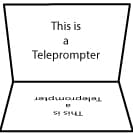 TELEPROMPTER
TELEPROMPTER